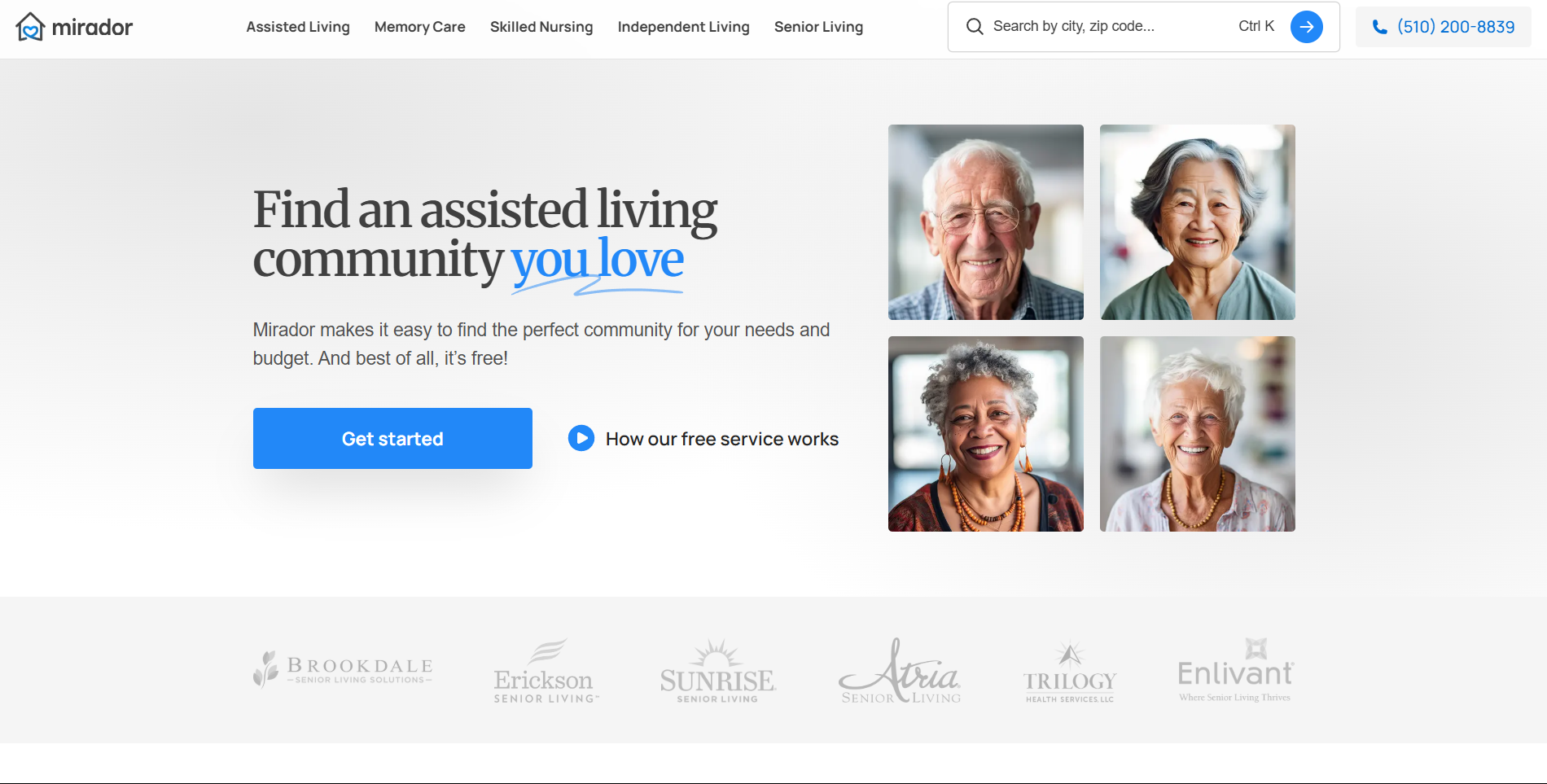Does Web Design Improve Assisted Living?
People want better ways to discover supportive communities. Some of those communities seek better ways to show who they are.
A dynamic site can display photo galleries of everyday life, introduce compassionate care teams, and streamline the initial contact process for prospective residents, all while managing inquiries in real time and offering online resources that guide family members who need quick access to relevant information about services and amenities. Some communities even include scheduling tools that can handle virtual tours, which really helps folks who live far away and need a thorough understanding of the environment, and these tools can also cut down on administrative tasks that eat up time and energy, so caregivers can focus on personal interactions and daily living support. It makes things a whole lot simpler.
“Everyone should get immediate and meaningful communication,” Larry Wilson, Certified Senior Advisor at Mirador Living, says. “They feel more confident when they see how a community operates every day.”
Security matters. Families want privacy and data protection. A well-built site can incorporate those features. They can also support easy updates that reflect changes in pricing or room availability, which keeps families looped in without complicated phone calls or emails. Some folks who move in have children or grandchildren in other cities, and a good site can help build a sense of connection.
Long before anyone sets foot on the property, they see testimonials, floor plans, and resource pages that spark trust and peace of mind. Short paragraphs on a home page can still go a long way in welcoming new families. Long paragraphs can walk them through everything that sets a place apart. They see how it all works. That matters.

Leave a Reply